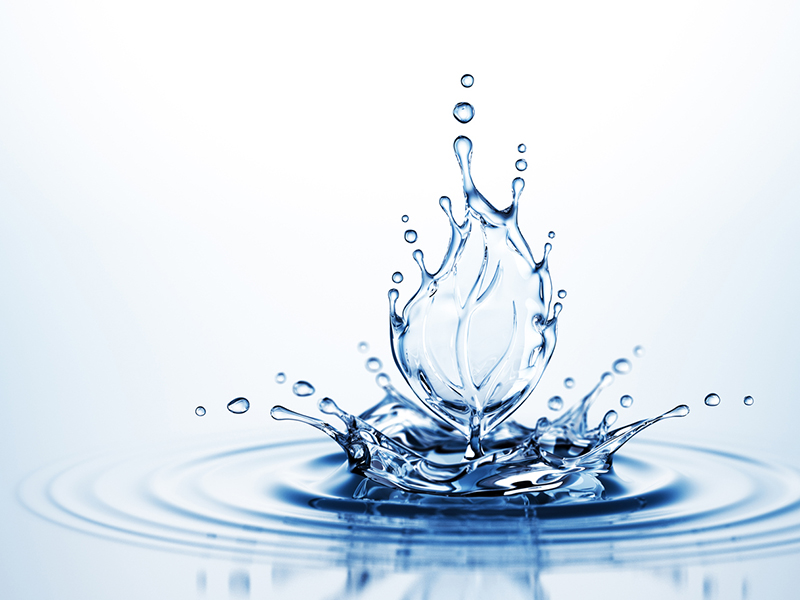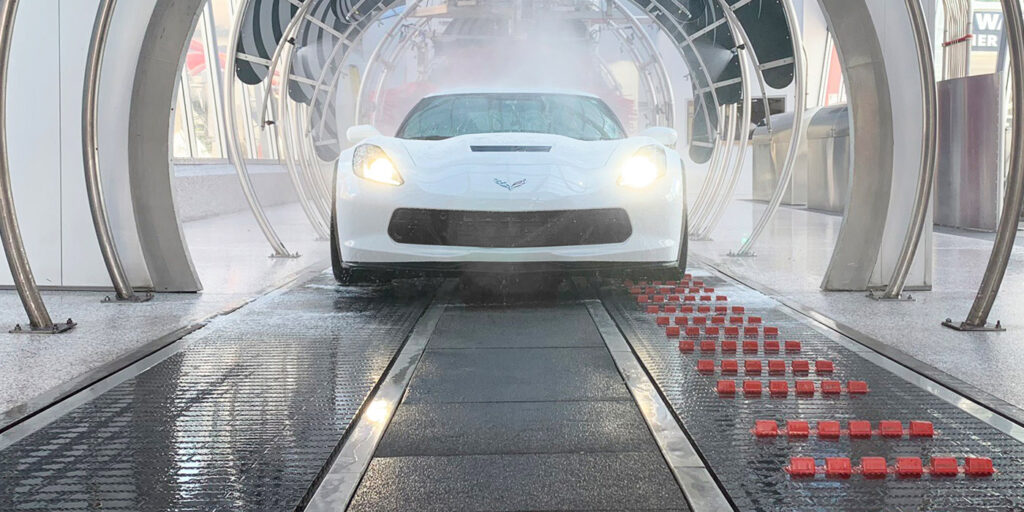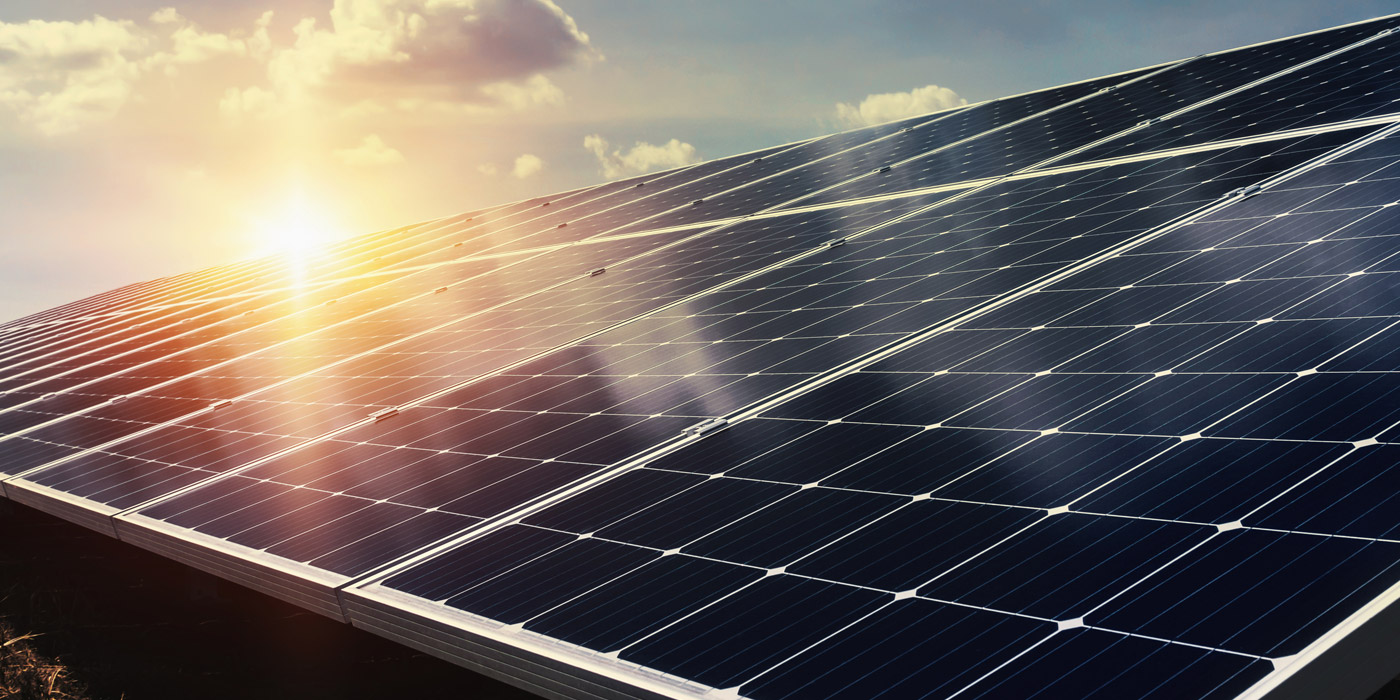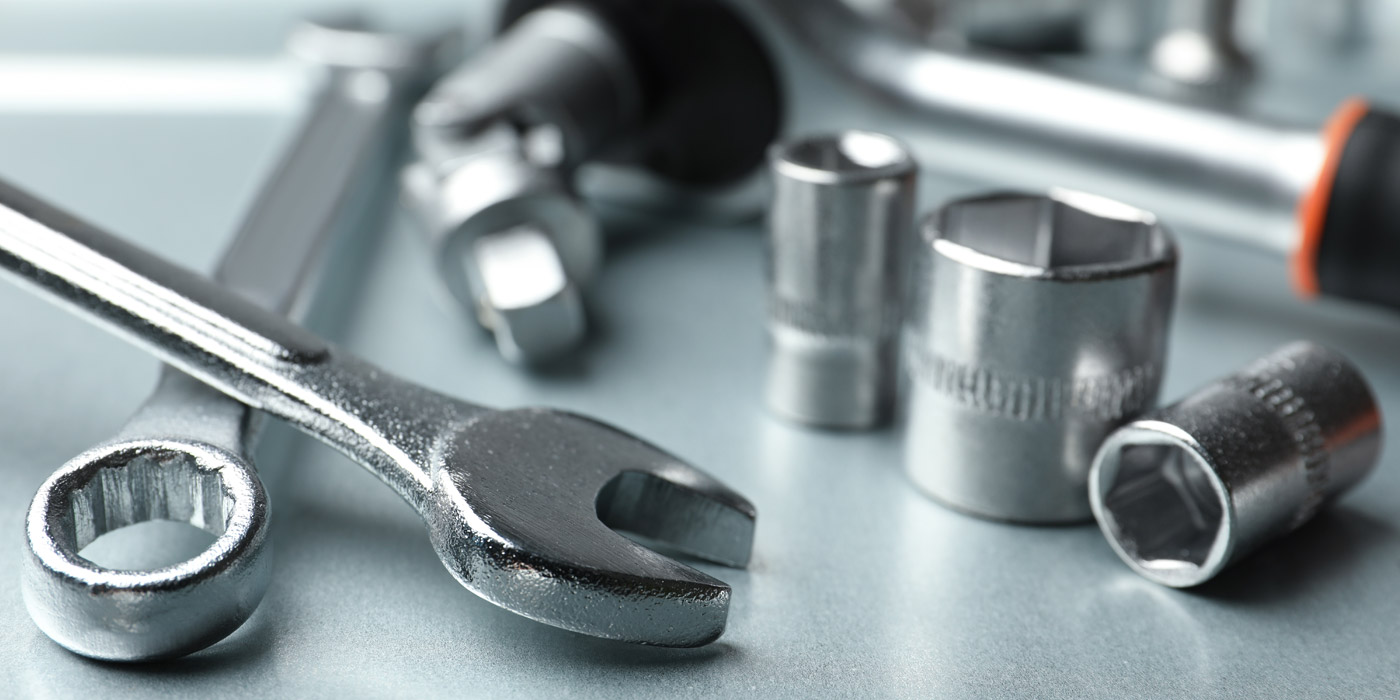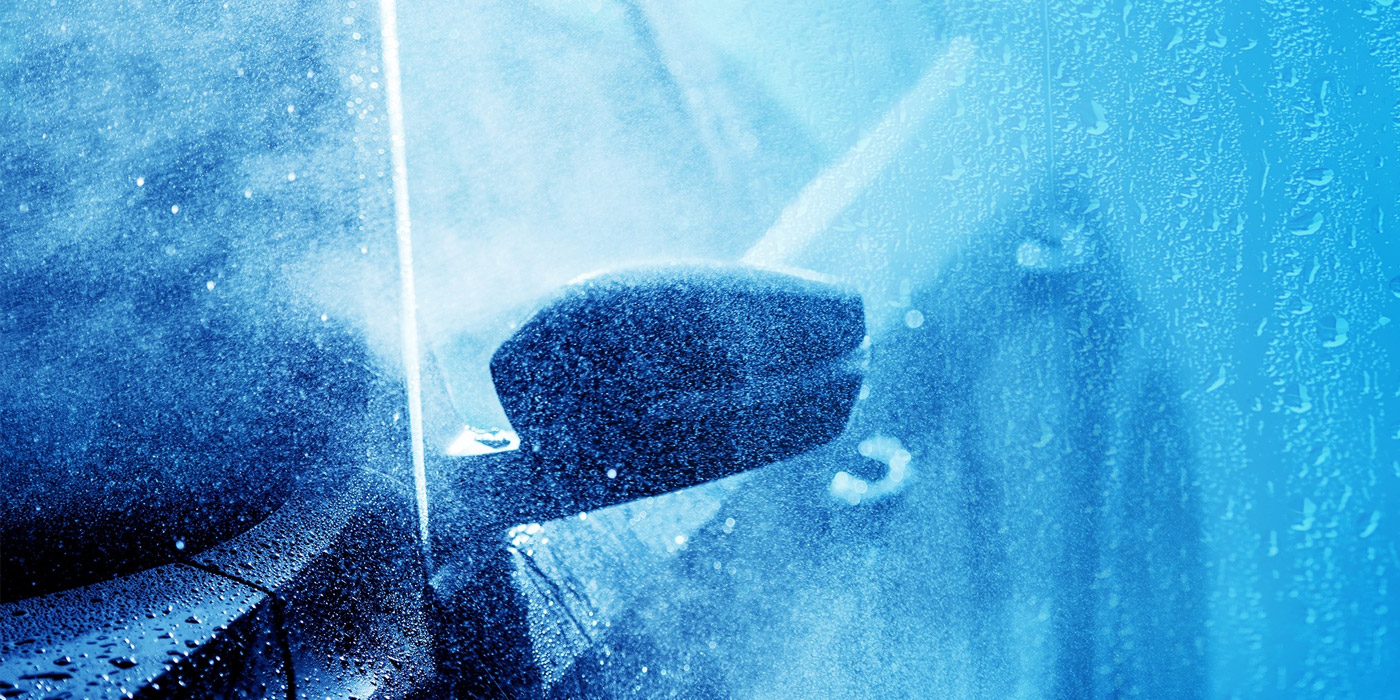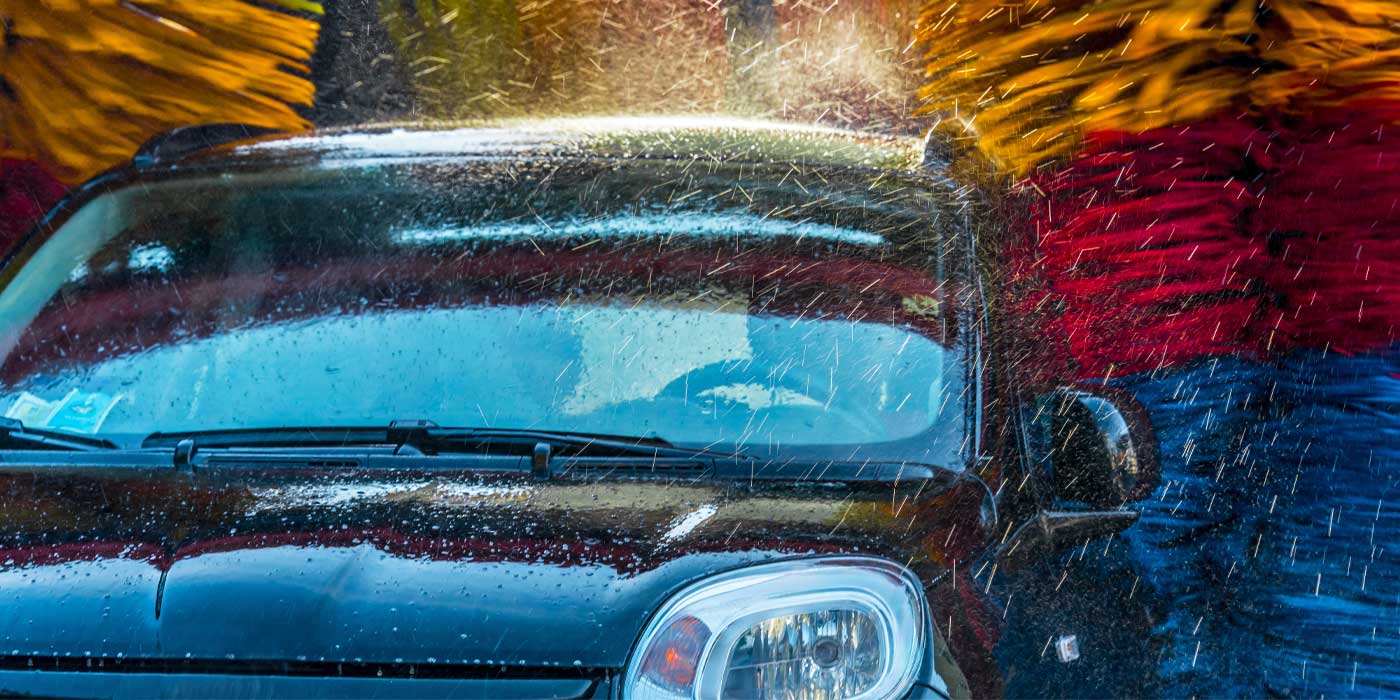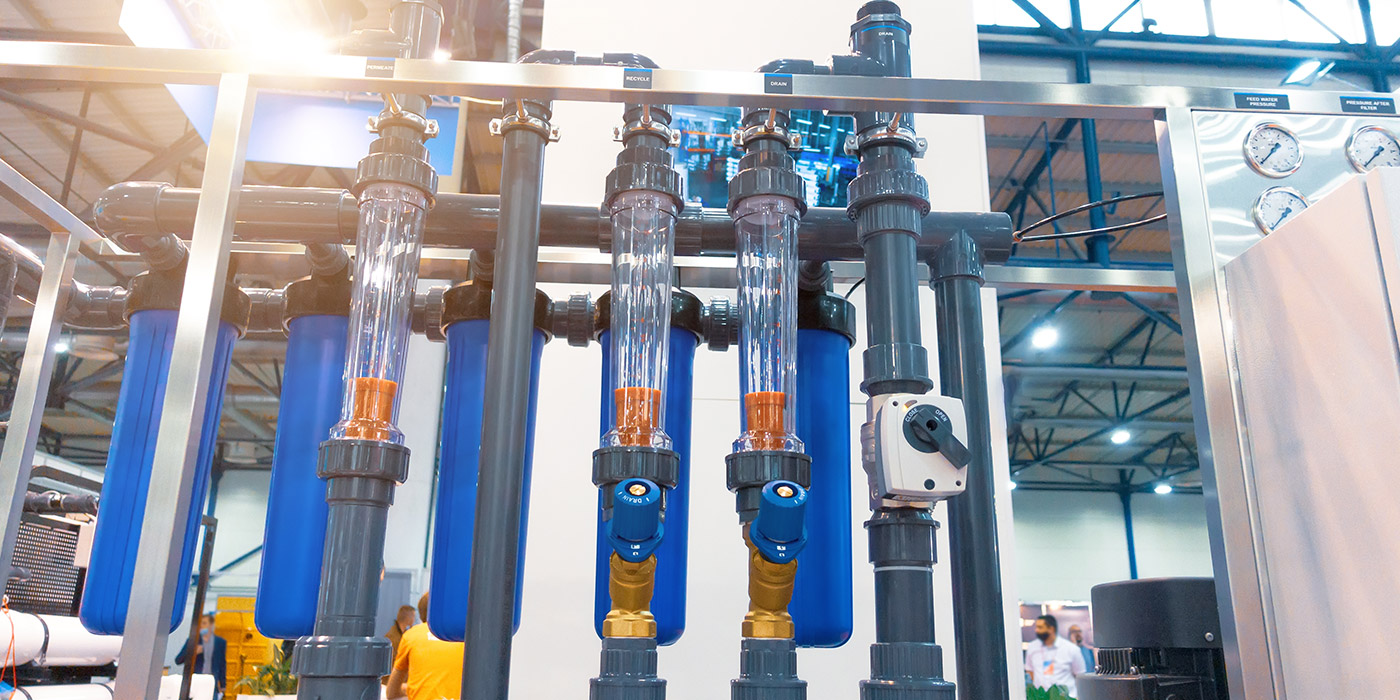Unfortunately for carwash operators and customers, bad water in tunnels or bays often equals a bad finished product. While many facets of a car care business can be improved — chemistry can be adjusted, new employees can be hired, up-to-date training techniques can be instituted — a wash will always struggle if it can’t overcome a poor municipal water supply. That is, unless the water quality is changed and maintained with modern carwash water technology and equipment.
Since the advent of automated washing, water use inside tunnels and bays has become an issue of concern. As cities have grown and populations have become more concentrated, some states and municipalities have even fought court battles over water use and control. In the past, carwashes had limited hours or were shut down during times of intense drought. But these concerns have lessened as more and more washes adopted efficient and economical water reclaim and recycling systems.
Operators can learn more about the latest issues and trends involving the relationship between water, technology and quality carwashing by looking at the many water-saving opportunities in today’s typical tunnel or bay. From filtration and recycling to chemistry and finishing rinses, learning about the newest technology can always help operators. Staying water savvy will prepare an owner to address water issues in every segment of the wash process as they arise.
For carwashes that recycle water, there are some issues that operators have often seen corrected with newer technology. According to John P. Gibney, vice president and general manager, global operations, with Aqua Bio Technologies, new and “revolutionary equipment” is available that addresses one important need in tunnels and bays. A new option now allows a wash to feed recycled water to a reverse osmosis (RO) filtration system to create spot-free rinse water.
Related article: A carwash’s guide to reverse osmosis
Up until now, the final rinse station has been the sole piece of carwash equipment that needed to be fed fresh water, Gibney states. Now, an add-on system has been developed and married to a complete water restoration system. This add-on further treats recycled water, allowing the user to feed an RO system with recycled water for the final spot-free rinse.
“The reason why this is so important is that it makes for a truly closed loop water recycling system,” Gibney explains. “The carwash operator would only need fresh municipal water to make up for the losses that come from evaporation and vehicle carry out.”
Another issue that almost all carwash owners are familiar with is that all water recycling systems need a way of mitigating odor. Gibney notes that used carwash water inherently has an odor created by anaerobic bacteria. The odor is a result of the water quality. It is used water, meaning it still has chemicals in it. It will also affect the final wash quality, if untreated, because you are essentially washing cars with dirty water. Plus, the offensive odor could linger in your customers’ vehicles after a wash. The safest and most effective way to combat used water odor is to aerate the water, turning it from anaerobic to aerobic. In its aerobic state, the water will not give off any odor.
Also, a water recycling system must have a way to remove the suspended solids in used carwash water. Solids such as sand and clay particles in reused water can damage the paint on a vehicle and will most certainly be an ingredient creating overall poor carwash water quality.
Lastly, if the water from a recycling system is to be used in the majority of wash processes, it should not contain any used chemicals, detergents or waxes. Therefore, a recycling system needs to completely remove these chemicals from the water.
One tip Gibney provides to determine the effectiveness of a system in removing chemicals from the water is to measure the water’s total dissolved solids (TDS) level. He recommends measuring the TDS level going into the system and the level coming out of the system to see if it works effectively.
Addressing these issues
For carwash owners looking to add or replace existing water recycling systems, Gibney suggests first researching the available technology. This investigation should involve contacting the manufacturers of water recycling equipment. Though there are numerous systems available, not all systems are the same and not all produce the same results.
One example is that some water recycling companies use filters and ozone to remove odor and suspended solids, whereas Gibney says that his company instead uses aeration, cyclonic separation and bacteria to clean recycled water.
Gibney states that the research process will be most successful if it includes the following steps:
- Doing recycling system homework
- Determining if a wash needs to reuse water just for the pre-stages of the wash process or reuse water for all stages of the wash process
- Keeping all expectations realistic.
To the last point, Gibney notes that operators shouldn’t expect to pay $5,000 for a system that will completely clean all a wash’s used water that can then be reused throughout the whole wash.
“I’ve always felt the best place to do this kind of research is at tradeshows where you can meet the manufacturers and see the equipment all in one setting,” Gibney says. “Ask for reference sites in your area where you can go out and take a look at a system in operation.”
Once an owner is on-site at a wash, he or she can look for any issues with the existing equipment. Most importantly, an operator should take note of important factors. Does the recycled water have an odor? How is the water quality? How is the wash quality?
Water recycling basics
Water recycling systems are standalone systems but work in concert with other carwashing equipment. The systems draw water from the carwash settling tanks, process the water and then send that processed water — on-demand — back to the equipment for reuse. According to Gibney, the effectiveness of any water recycling is solely based on the kind of water recycling system an operator puts in place.
If a wash location utilizes an RO system to filter final rinse water, even the reject water it creates can be reused. The reject water is good enough that it can always be used in the wash process and, Gibney states, it is especially good to use in chemical mixtures.
As less and less fresh water is required thanks to an effective, up-to-date water recycling system, a municipality’s poor water quality essentially won’t matter. That said, the water quality of discharges going back to the sewer will be a concern.
As the demand on the whole water system for clean water increases, municipalities will start to require that any water going back into the sewer will need to be cleaned to a certain level. Gibney notes that this is already occurring in Canada.
Water recycling systems are becoming more common. As the demand for water increases, so too does the value of that water to municipalities. This explains the increase in water and sewer costs throughout the country. For a carwash owner, water and sewer costs are now usually one of the largest expenses, if not the number one expense. Recycling water is really the only way to drastically lower or completely mitigate that expense.
As stated, the demand for water in the U.S. continues to increase, and this year’s serious drought conditions in some areas of the country exponentially affected this demand. With much of the Southeast and California in extreme and exceptional drought conditions, owners can reference current case studies and see how important water recycling may become in the future.
In drought conditions, carwashes without water recycling systems are restricted on how much water their tunnels and bays can use and when, according to Gibney. Therefore, these businesses are limiting hours of operation and decreasing revenues or using less water during the process, which often lessens the wash quality. Carwashes with a water recycling system shouldn’t have to change daily operations due to drought because these businesses are recycling all the used water. Again, the idea is to be completely sustainable and to not have to rely on municipal water.
Continuing research
For owners interested in gathering more information on water recycling, Gibney recommends three resources:
- Manufacturers and their websites
- The International Carwash Association’s (ICA) WaterSavers® program
- The U.S. Environmental Protection Agency (EPA).
First, manufacturers’ websites will contain a wealth of information about the products they offer to carwash operators. Online research makes it easy for a potential buyer to compare systems and get a better idea of what the companies that work within the carwash market offer.
Related article: Investing in water
The ICA’s WaterSavers® program includes a number of criteria an operating carwash must meet regarding water usage. Once a wash adopts these environmentally responsible business practices, the business receives recognition and can participate in WaterSavers®. Membership lets carwashes show their leadership in the area of water conservation, and it can help an operation attract customers and lower water costs.
The EPA provides scientific information and tools to help support sustainable water usage. The topics the agency’s website covers include water systems and infrastructure, water security, research and more. The EPA works to support the Clean Water Act, among other legislation, and offers information on many types of water research.
Michael Rose is a freelance contributor.

